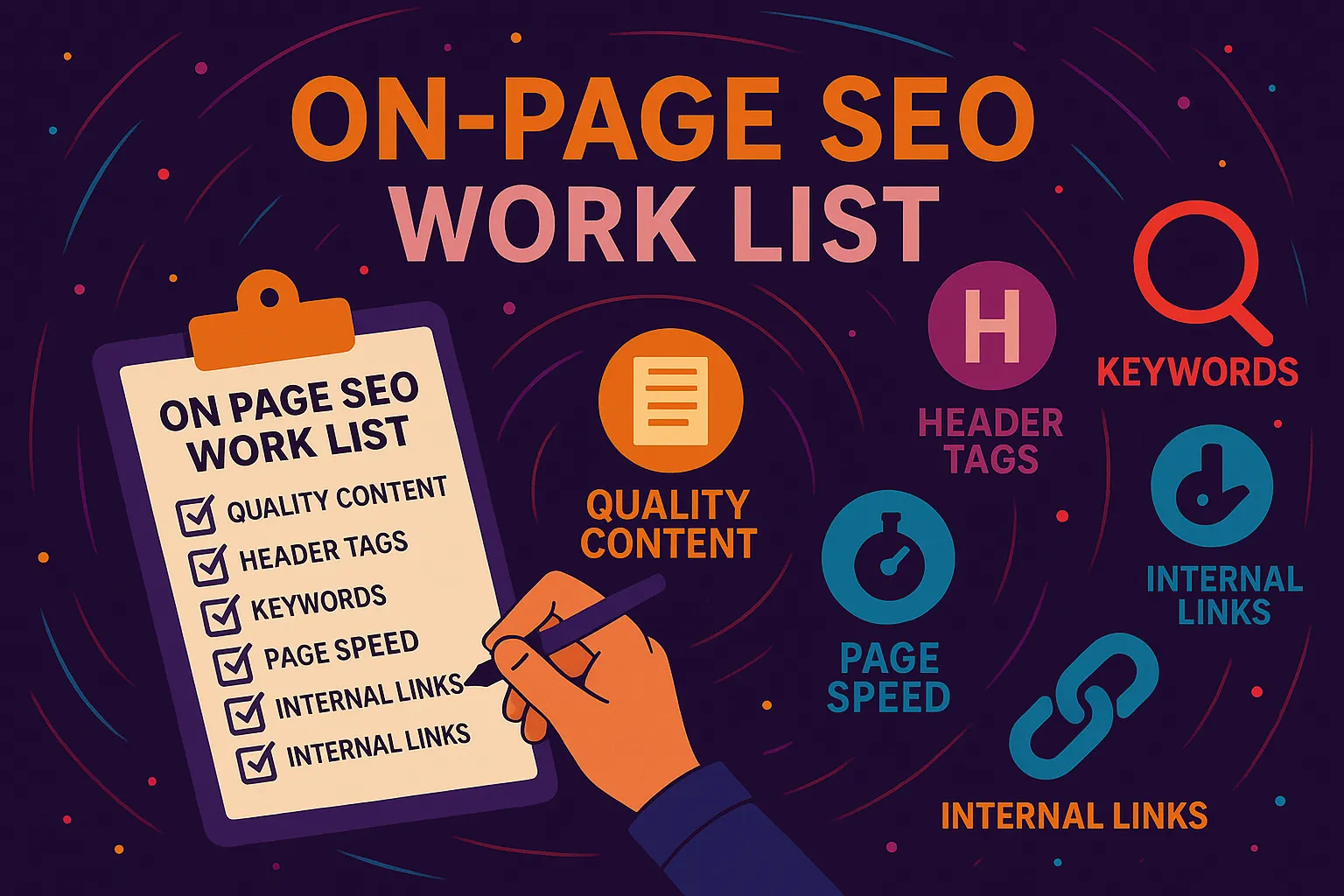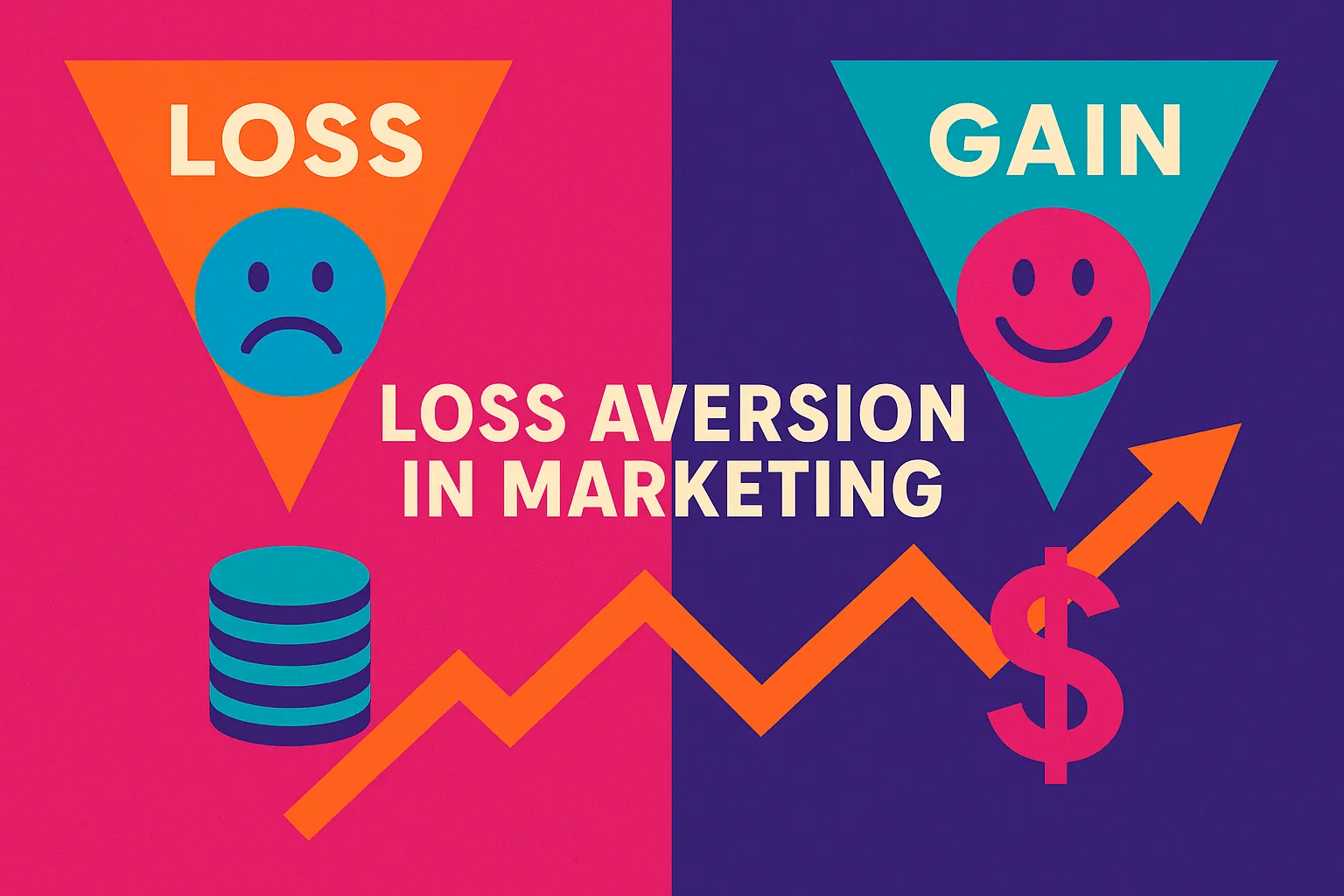What Are Technical SEO Requirements?
Technical SEO requirements are the behind-the-scenes rules and strategies that help search engines find, crawl, understand, and index your website. In other words, they make sure your site is actually visible and usable by Google.
Without technical SEO, even the best content might never show up in search. These requirements include things like loading speed, mobile-friendliness, structured data, XML sitemaps, robots.txt files, and avoiding duplicate content.
If your site isn’t meeting technical SEO requirements, you’re leaving rankings and traffic on the table. It’s like having a billboard in the middle of a desert—no one will see it.
TL;DR: What You’ll Learn in This Post
- What technical SEO requirements really mean and why they matter in 2025
- Key factors like site speed, crawlability, structured data, and Core Web Vitals
- Real examples from our work at Vibe Branding with actionable takeaways
- Tools and techniques we use to fix technical SEO issues fast
- The truth about mistakes to avoid and how to build SEO that lasts
Our Experience: Why We Know This Matters
At Vibe Branding, we’ve spent over a decade working with local businesses, e-commerce platforms, service brands, and B2B companies. We’ve seen it all.
I remember one client who came to us in a panic because their organic traffic had dropped by nearly 60% in two weeks. Turns out, a site migration broke their canonical tags, and half their content was being flagged as duplicate.
They had no idea what technical SEO requirements were, and they paid the price. Within a month, we fixed the problems and got their rankings back.
That’s why I always say: technical SEO isn’t glamorous, but it is essential.

Why Technical SEO Is More Important Than Ever in 2025
Google has changed dramatically in recent years. It’s no longer just about stuffing keywords or getting backlinks.
Now, Google is focused on performance, user experience, and machine understanding of your content. If your site takes forever to load or can’t be crawled properly, it doesn’t matter how great your content is—you’re done.
Especially with mobile-first indexing and the rollout of Core Web Vitals as ranking factors, technical SEO requirements are not optional. They’re mandatory.
I’ve seen new clients gain 30% more traffic just from fixing a few core issues. Technical SEO is the hidden engine behind sustainable search performance.
The Foundations: What Every Site Must Have
We always begin our audits by checking for the fundamentals. If your website doesn’t have a flat, logical site structure, it becomes hard for Google to find your pages.
We work to make sure important pages are no more than 3 clicks from the homepage. Then we move on to URL structure—no random strings of numbers or underscores, just clean, readable URLs. HTTPS is non-negotiable.
If your site isn’t secure, users and Google both lose trust. Finally, every website needs a properly configured XML sitemap and a robots.txt file that tells Google what to crawl and what to ignore.
These are the baseline technical SEO requirements every business must follow.
Spotting the Issues: How We Identify Technical SEO Problems
You can’t fix what you can’t see. That’s why we always start with a full site crawl using tools like Screaming Frog, Semrush, and Google Search Console.
These tools help us catch hidden problems like broken links, redirect loops, crawl errors, and orphan pages. We also look for “noindex” tags in the wrong places and improper use of canonical tags.
Another big one? Duplicate content.
Often, it’s not obvious. Two nearly identical product pages with different URLs?
That’s a duplicate issue. We use Copyscape and Semrush’s content audit tool to find these and apply fixes fast.
Identifying technical SEO issues is like running diagnostics on your car—you don’t know what’s wrong until you plug it in.

Tools We Use to Diagnose and Fix Technical SEO
When it comes to technical SEO, the tools you use can save you hours or even days of work. Our go-to stack includes Google Search Console, Semrush Site Audit, Screaming Frog SEO Spider, PageSpeed Insights, Lighthouse, and XML Sitemap Validator.
For structured data, we often use Google’s Rich Results Test or Schema.org generators. These tools help us analyze everything from crawlability to page speed to schema markup errors.
Once we gather the data, we fix everything from Hreflang issues to broken sitemaps. It’s not just about knowing the requirements—it’s about having the tech to meet them.
Real Mistakes That Kill Rankings
Let me tell you something from experience: it’s often the little things that tank your rankings. One client had 12,000 duplicate pages being indexed because their CMS generated a new URL every time a filter was applied to a product category.
Another client accidentally blocked their entire blog with a rogue robots.txt rule. These are the kinds of mistakes that cost thousands in traffic and revenue.
The most common mistakes we see? Forgetting to redirect old URLs, using the wrong meta robots tags, having mixed content (HTTP and HTTPS), and letting broken internal links accumulate.
The good news? These problems are fixable.
But only if you know they exist.
What Google Really Cares About: Core Web Vitals
Core Web Vital | What It Measures | Ideal Score |
LCP (Largest Contentful Paint) | Loading performance | Under 2.5 seconds |
FID (First Input Delay) | Interactivity | Under 100 ms |
CLS (Cumulative Layout Shift) | Visual stability | Less than 0.1 |
In 2025, one of the most important technical SEO requirements is meeting Google’s Core Web Vitals. These are three performance metrics that measure how fast, stable, and interactive your site is.
We use tools like PageSpeed Insights and Lighthouse to track these scores. If your site loads slowly or jumps around when someone clicks, you’re hurting your SEO.
We recently helped a client improve their LCP from 4.8s to 2.1s by optimizing images and removing third-party scripts. The result?
A 20% boost in organic traffic within 3 weeks. Core Web Vitals aren’t just about user experience—they directly affect how Google ranks your pages.

How Structured Data and Schema Markup Make a Difference
Structured data is like giving Google a cheat sheet for your site. By using schema markup, we help Google understand what a page is about—whether it’s a recipe, product, FAQ, event, or article.
When implemented properly, it also unlocks rich results like review stars, prices, and FAQ dropdowns in the SERP. We’ve helped clients get featured snippets and rich snippets simply by tagging their content with the right schema.
One of our e-commerce partners saw a 15% increase in click-through rate after we added structured data to their product pages. It doesn’t take long to implement, and the rewards can be huge.
This is one of the most overlooked technical SEO requirements that has immediate visual impact.
Optimizing Sitemaps and Robots.txt Without Breaking Everything
Too many businesses ignore their sitemap or treat their robots.txt like it’s a set-it-and-forget-it file. Big mistake. Your sitemap is how you show Google what pages are most important.
If you forget to update it when you add or remove pages, you’re leaving traffic on the table. We make sure every sitemap includes high-priority, indexable pages—no 404s or redirects.
As for robots.txt, we use it to block access to non-essential folders like /wp-admin/ or /cart/, but we always double-check that we’re not accidentally blocking something critical like /blog/. This step alone has saved multiple client launches from crashing in the SERPs.
Clean files mean clean indexing.
Keeping Up With Changing Technical SEO Standards
Technical SEO requirements aren’t static—they evolve. What worked three years ago might be outdated today.
For example, Google’s mobile-first indexing shook up a lot of sites that weren’t optimized for phones. We had a client whose mobile traffic was half what it should have been—all because their mobile menu wasn’t crawlable.
The fix? We rebuilt their navigation with accessible HTML, and within a few weeks their mobile traffic doubled.
That’s why we stay plugged into updates from Google Search Central and follow industry leaders. Every quarter, we perform deep technical audits to stay ahead of any silent ranking drops or crawl changes.
If you’re not evolving, you’re falling behind.

Why We Take a Diagnostic Approach First
Before we do anything flashy, we diagnose. It’s easy to get caught up in plugins and patches, but without the right diagnosis, you’re just guessing.
At Vibe Branding, we start every technical SEO project with a full-scale analysis: crawl maps, sitemap audits, speed tests, structured data review, and a manual walk-through of key page templates. This approach helped us uncover a client’s JavaScript error that was stopping Google from rendering half their homepage.
Once we patched that, they jumped four positions overnight. Technical SEO requirements aren’t always obvious, but that’s exactly why a disciplined, diagnostic mindset wins.
Lessons Learned From 10+ Years of Solving Technical SEO Challenges
Over the last decade, we’ve optimized hundreds of websites. One of the biggest lessons we’ve learned is this: never assume it’s just a content issue.
Clients often come to us asking for better rankings or more traffic, thinking they need better keywords or blog posts. But after a quick audit, we’ll find technical issues holding everything back—like a misconfigured canonical tag or bloated JS files delaying page speed.
These small errors create massive blockages. The truth is, meeting technical SEO requirements is what allows great content to shine.
Without it, your marketing efforts are fighting an uphill battle.
The Business Impact of Getting Technical SEO Right
I’m not exaggerating when I say technical SEO is one of the most cost-effective ways to improve your site’s visibility. Unlike paid ads, the fixes you make today continue to benefit you long after implementation.
One of our B2B clients saw a 78% lift in qualified leads just by fixing 404 pages and improving mobile performance. That’s the power of a technically sound site.
It brings consistency and stability to your digital presence. So whether you’re launching a new product, rebranding your company, or just trying to beat your competitors—start with the technical side.
It lays the groundwork for everything else.
Final Word: Build for Users, Then Prove It to Search Engines
At the end of the day, meeting technical SEO requirements is about creating a seamless, stable experience for your users—and showing Google that your site deserves to be ranked. Every fix, every audit, and every line of code we touch is about helping search engines understand and trust your content.
And in doing so, we help you earn trust from your customers too. That’s what we do at Vibe Branding.
We simplify digital strategy by aligning performance, usability, and visibility. It’s not just about ticking off boxes.
It’s about building websites that thrive.





